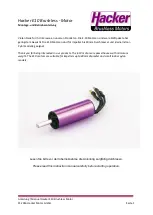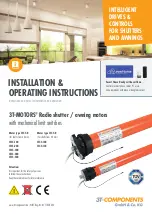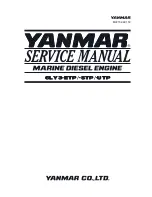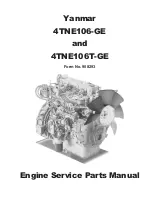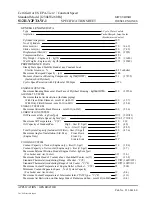
OPM 260 en-GB
19
©
Scania CV AB 2021, Sweden
Starting and running
Starting at low temperatures
Take the local environmental requirements into
account. Use a fuel heater and engine heater to
avoid starting problems and white smoke.
Scania recommends that an engine heater should
be used if the engine will be used at temperatures
below -10°C (14°F).
A low engine speed and a moderate load on a
cold engine limits white smoke, gives better
combustion and warms up the engine more
quickly than warming it up with no load.
Avoid running it longer than necessary at idling
speed.
Running
Check instruments and warning lamps at regular
intervals.
Engine speed range
The engine operating speed range is between low
idling and the nominal engine speed. The nomi
-
nal engine speed is indicated on the engine data
plate. Low idling can be set between 500 and
1,050 rpm.
Limp home operation
If there is a fault in the normal throttle opening or
if CAN communication is interrupted, the fol
-
lowing emergency operation option is provided:
A CAN fault or throttle opening fault in an all-
speed engine (both signal and idling switch):
•
The throttle opening value is 0% and the en
-
gine is running at normal idling speed.
•
The throttle opening value is 0% and the en
-
gine is running at fixed raised idling speed
(750 rpm) if this function is activated.
Throttle opening fault, but the idling switch is
working:
•
The throttle opening value can be increased
slowly between 0 and 50% by using the idling
switch.
CAN fault:
•
The engine is switched off if the shutdown
function is activated.
Driving at high altitude
When driving at high altitudes engine power is
reduced automatically due to the lower oxygen
content in the air. It is then not possible to run the
engine at maximum power.
•
ICFNengines may be used at an altitude of up
to 2,000 metres.
•
IFN, Patrol Craft Long and Patrol Craft Short
engines must not be used at an altitude of
more than 1,000 metres.
•
Contact Scania if the operating conditions de
-
viate from these.































